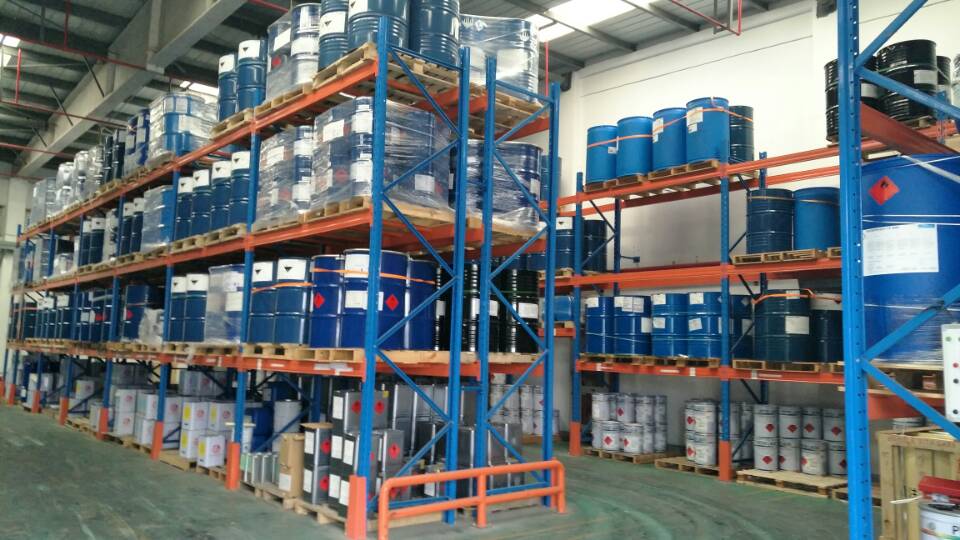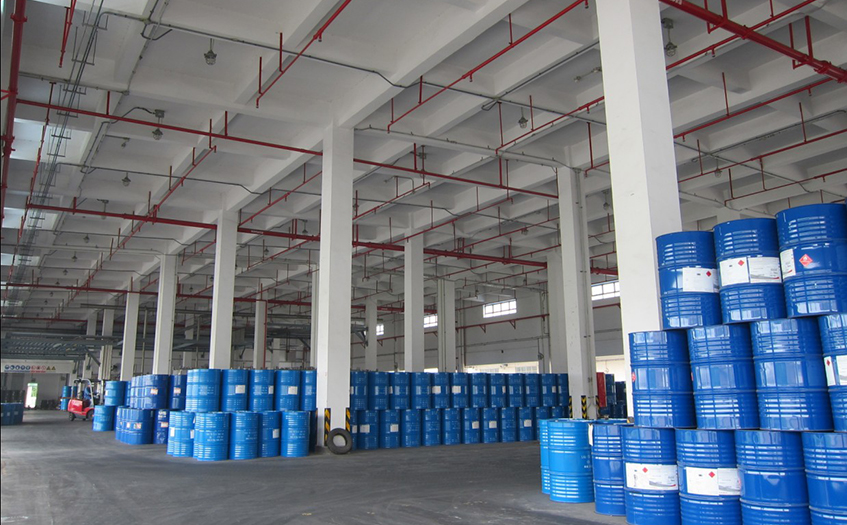Optimal monitoring with unique fire alarm (fire detection and early warning)
hazardous chemical warehouse heat warning
Chemical warehouses are facilities used for storing and managing hazardous chemicals, including flammable, explosive, toxic, and corrosive substances. In a chemical warehouse, temperature variations can cause changes in the properties, reactions, volatility, or decomposition of the chemicals, thereby increasing the risk of accidents and safety hazards.
Temperature monitoring is crucial for chemical warehouses. Accurately understanding the temperature changes inside the warehouse helps prevent potential risks associated with excessively high, low, or fluctuating temperatures. Timely monitoring of temperature abnormalities enables early measures to be taken for adjustment, control, and handling, ensuring the safety and stability of the chemical warehouse.

Traditional temperature monitoring methods may not be able to comprehensively and accurately obtain temperature information from various areas within the warehouse. However, distributed fiber optic temperature sensing technology provides an ideal solution. By deploying fiber optic sensors in the hazardous chemical warehouse, temperature changes can be sensed in real-time, and temperature data can be transmitted to a monitoring system for real-time analysis and recording. This technology offers high accuracy, real-time monitoring, and remote monitoring advantages, enabling comprehensive and reliable temperature monitoring in the hazardous chemical warehouse.
Temperature monitoring is crucial in a hazardous chemical warehouse. Temperature anomalies can lead to changes in the properties of hazardous chemicals, uncontrolled reactions, and volatile substance leaks, highlighting the need to promptly detect and address temperature abnormalities. Distributed fiber optic temperature sensing technology provides real-time temperature data, temperature warnings, and anomaly alarms, enabling operators to promptly identify temperature abnormalities and take necessary measures for adjustment and maintenance.
Distributed fiber optic temperature sensing technology can be applied to temperature monitoring and control in hazardous chemical warehouses. By deploying fiber optic sensors within the warehouse, temperature changes can be sensed in real-time, and temperature data can be obtained.
Monitoring plan:

Fiber deployment: Place fiber optic sensors at key locations within the warehouse, such as storage areas, pipelines, and containers. The fiber can come into contact or proximity with hazardous chemicals to sense temperature changes.
Real-time monitoring and data acquisition: Distributed fiber optic sensors continuously collect temperature data and transmit it to a monitoring system for real-time analysis and recording. The monitoring system provides real-time insights into the temperature distribution and trends within the warehouse.
Temperature warnings and anomaly alarms: Set appropriate temperature thresholds based on the characteristics and requirements of the hazardous chemicals. The monitoring system continuously monitors the temperature and triggers warnings and alarms if the temperature exceeds or falls below the thresholds, enabling prompt action to be taken.
Remote monitoring and alarms: The distributed fiber optic temperature sensing system can be connected to a central control room or remote management platform to enable remote monitoring and alarms. Personnel can remotely monitor the temperature status of the warehouse at any time and take appropriate actions when necessary.
 By utilizing distributed fiber optic temperature sensing technology, temperature monitoring and control can be achieved in hazardous chemical warehouses. This allows for early detection of temperature anomalies and enables the implementation of appropriate measures to ensure the safe storage and transportation of hazardous chemicals. It helps to reduce the risk of accidents, improve safety, and ensure the well-being of personnel and the environment.
By utilizing distributed fiber optic temperature sensing technology, temperature monitoring and control can be achieved in hazardous chemical warehouses. This allows for early detection of temperature anomalies and enables the implementation of appropriate measures to ensure the safe storage and transportation of hazardous chemicals. It helps to reduce the risk of accidents, improve safety, and ensure the well-being of personnel and the environment.





